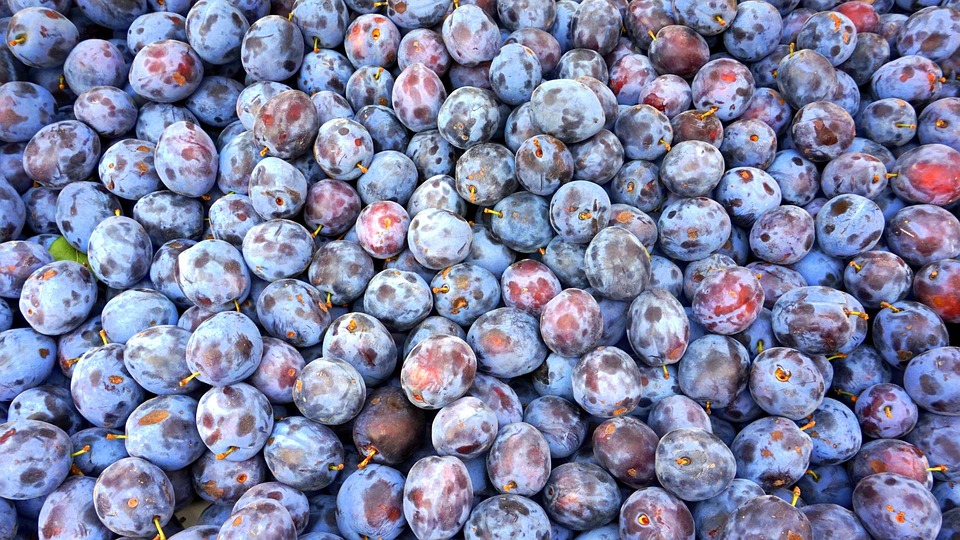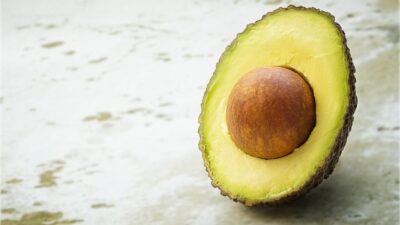Farm to Table: The Journey of Organic Produce
In recent years, the concept of "farm to table" has gained significant traction, reflecting a growing consumer desire for transparency, sustainability, and freshness in food sourcing. This movement emphasizes the importance of local agriculture and organic produce, connecting consumers directly to the farmers who grow their food. To understand this journey better, let’s delve into the paths organic produce takes from the farm to our plates.
Understanding Organic Produce
Before exploring the journey, it’s essential to define what organic produce is. Organic farming employs natural methods to cultivate crops, avoiding synthetic fertilizers, pesticides, and genetically modified organisms (GMOs). Farmers utilize practices such as crop rotation, composting, and natural pest management to maintain soil health and productivity. The goal is not only to produce high-quality fruits and vegetables but also to promote sustainability and biodiversity.
The Journey Begins: Cultivation
The journey of organic produce starts in the fields. Farmers diligently prepare their land, often adhering to strict guidelines set by certification bodies. Organic practices encourage biodiversity and caring for the environment. Soil health is paramount; organic growers focus on enriching soil with organic matter, ensuring it can support healthy plant growth.
Planting typically occurs in alignment with seasonal cycles, with farmers choosing varieties suited to their climate and soil types. As crops grow, farmers will monitor them closely, managing weeds and pests with natural methods, such as beneficial insects, companion planting, and organic pesticides.
Harvesting: The Peak of Freshness
Once crops are ready for harvest, timing is critical. Organic produce is picked at the peak of ripeness to ensure maximum flavor and nutritional content. This stage is labor-intensive, often requiring skilled workers to carefully handpick fruits and vegetables to prevent damage.
After the harvest, the produce is washed and sorted, ensuring that only the best quality reaches consumers. This attention to detail supports both the freshness of the product and the reputation of the farm.
Processing and Packaging
After harvesting, some organic produce may undergo light processing for preservation and convenience. This step can involve cleaning, cutting, or packaging, but the key is that all methods must be consistent with organic standards. Any processing facilities must adhere to stringent regulations to maintain their organic certification.
Packaging represents both a practical and eco-friendly approach. Many farms now opt for recyclable or compostable materials to limit environmental impact, reflecting consumer expectations for sustainability.
Distribution: Connecting Farmers to Consumers
The next critical phase is distribution. Farms often collaborate with local farmers’ markets, restaurants, and retailers focusing on locally sourced foods. This direct-to-consumer approach not only supports local economies but also shortens the supply chain, which can reduce the carbon footprint associated with transportation.
Proper storage and transportation conditions are necessary to maintain the freshness of organic produce. Many farms use temperature-controlled trucks and eco-friendly packing materials to ensure that their products arrive at their destinations safely and in good condition.
The Consumer Experience: From Store to Table
Once organic produce reaches markets and stores, the responsibility shifts to consumers. Many are becoming more discerning about the food they purchase, opting for organic options that reflect their values around health and environment. Shoppers are encouraged to look for labels confirming organic certification, guaranteeing that the produce has been grown according to established organic practices.
For many, the journey doesn’t end with the purchase. Cooking with organic ingredients can be a delightful experience, allowing consumers to explore flavors and embrace healthier eating habits. From farm-fresh salads to hearty organic vegetable stews, the preparation of organic produce is often celebrated for its superior taste and nutritional value.
The Impact of the Farm to Table Movement
The farm to table movement is about more than just the food on our plates. It symbolizes a shift towards more responsible agricultural practices and eating habits. By prioritizing organic produce and supporting local farmers, consumers contribute to a sustainable food system that benefits the environment, the economy, and public health.
Moreover, the farm to table ethos fosters a deeper connection between individuals and their food. Education about where food comes from can empower consumers to make informed choices, recognizing the impact of their diet on personal well-being and the health of the planet.
Conclusion
The journey of organic produce from farm to table is a testament to the labor, dedication, and sustainable practices of farmers. By choosing organic, consumers become part of a broader movement that champions health, environmental stewardship, and community engagement. As this trend continues to evolve, the farm to table philosophy reinforces the importance of knowing where our food comes from and the enduring relationship between people and the land. Embracing this journey not only enriches our meals but also nourishes our planet.



